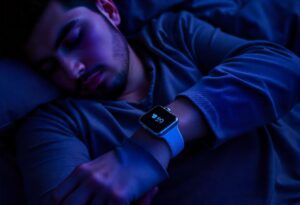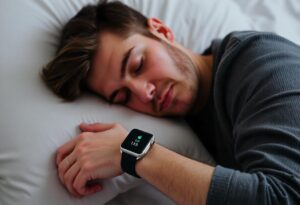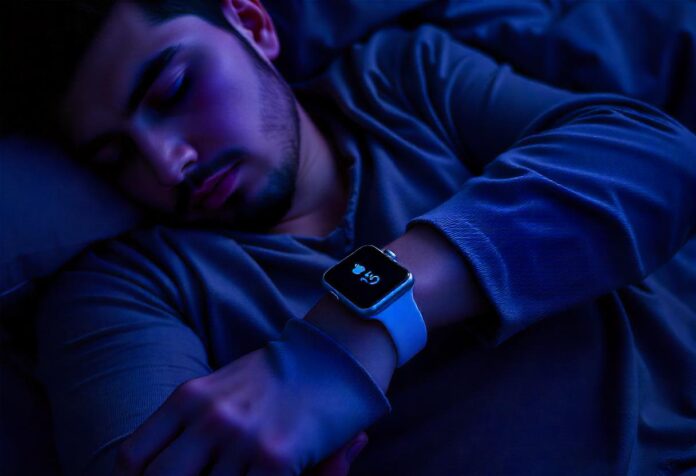Ever found yourself waking up more exhausted than when you went to bed? Sleep apnea could be the culprit, but millions of Americans remain undiagnosed. Enter the Apple Watch’s new feature, which might just revolutionize how we identify sleep apnea. Could this tiny wearable tech be the game-changer we didn’t know we needed? Let’s explore.
Sleep Apnea Diagnosis
What is Sleep Apnea?
Sleep apnea is a common yet serious sleep disorder where your breathing repeatedly stops and starts. If you snore loudly and feel tired even after a full night’s sleep, you might have sleep apnea.

Types of Sleep Apnea
There are two main types of sleep apnea:
- Obstructive Sleep Apnea (OSA) is the more common form and occurs when throat muscles intermittently relax and block the airway during sleep.
- Central Sleep Apnea (CSA) happens when your brain doesn’t send proper signals to the muscles that control breathing.
The Risks of Sleep Apnea
Untreated sleep apnea can lead to a variety of health problems. High blood pressure, heart disease, stroke, and diabetes are just a few of the serious conditions linked to this disorder. Plus, it can severely impact your quality of life, causing daytime fatigue, irritability, and difficulty concentrating.
The Diagnosis Gap
According to the American Medical Association, around 30 million Americans suffer from sleep apnea, but only 6 million are diagnosed. This under-diagnosis is concerning, considering the severe health implications.
Barriers to Diagnosis
Several factors contribute to this diagnosis gap:
- Lack of Awareness: Many people are unaware of sleep apnea and its symptoms.
- Inconvenient Testing: Traditional diagnostic methods, like overnight polysomnography, can be inconvenient and expensive.
- Stigma: Some people are reluctant to seek help due to the stigma attached to sleep disorders.
Enter the Apple Watch
Apple is known for pushing the boundaries of wearable tech, and their latest feature aims to tackle the sleep apnea diagnosis gap head-on. The new Apple Watch feature uses advanced sensors and algorithms to monitor your sleep patterns and detect irregularities that may indicate sleep apnea.

How It Works
The Apple Watch utilizes a combination of heart rate monitoring and motion sensors to track your sleeping habits. By analyzing this data, it can identify patterns that suggest interrupted breathing—a key indicator of sleep apnea.
Benefits of Using the Apple Watch for Diagnosis
- Convenience: Unlike traditional sleep studies, using your Apple Watch for diagnosis is straightforward. Just wear it to bed and check your data in the morning.
- Cost-Effective: This method is far more affordable than an overnight stay at a sleep clinic.
- Accessibility: More people have access to an Apple Watch than specialized medical equipment, potentially increasing the number of diagnoses.

Expert Insight
To get a deeper understanding of this feature’s potential, we spoke with Dr. Yerem Yeghiazarians, an interventional cardiologist at UCSF Medical Center. Dr. Yeghiazarians is also the co-director of the Adult Cardiac Catheterization Laboratory and director of the Peripheral Interventional Cardiology Program.
Dr. Yeghiazarians’ Perspective
“Anything that helps bridge the gap between experiencing symptoms and getting a diagnosis is a step in the right direction,” says Dr. Yeghiazarians. “The Apple Watch’s ability to monitor and flag potential sleep apnea cases is promising, especially for folks who might otherwise remain undiagnosed.”
The Role of Wearable Health Tech
Wearable health technology has come a long way from just counting steps. Devices like the Apple Watch are now capable of monitoring a range of health metrics, from heart rate to blood oxygen levels.
Other Health Features
Besides sleep apnea detection, the Apple Watch offers several other health-related features:
- ECG Monitoring: Detect irregular heartbeats.
- Blood Oxygen Monitoring: Measure your blood oxygen levels.
- Activity Tracking: Keep tabs on your daily physical activity.
The Future of Diagnostics
With innovations like these, the future of health diagnostics looks increasingly digital. Wearable tech could soon become a standard tool in our healthcare arsenal, making early detection and preventative care more accessible.
Real-World Applications
Imagine waking up, checking your Apple Watch, and having insights into your sleep quality right at your fingertips. No more guessing whether your snoring is just annoying or a sign of something more serious.
User Testimonials
Many users have already reported positive experiences:
- Casey, 34: “I had no idea I had sleep apnea until my Apple Watch data suggested it. After seeing my doctor, I was diagnosed and am now receiving treatment.”
- Mike, 45: “The convenience of using my Apple Watch for monitoring my sleep has been a game-changer. It’s easy and gives me peace of mind.”
Potential Challenges
While the potential is enormous, there are some challenges to consider:
- Accuracy: While promising, the Apple Watch is not a medical device and should not replace professional medical advice.
- Privacy: Data security is always a concern with wearable tech. Ensure your information is protected.
Conclusion
The Apple Watch’s new feature could be a significant step toward closing the sleep apnea diagnosis gap. By providing an accessible, cost-effective, and convenient way to monitor sleep patterns, this wearable tech could help millions of undiagnosed individuals get the help they need.
Ready to take control of your sleep health? Start by monitoring your sleep with the Apple Watch and consult with healthcare professionals for a comprehensive diagnosis.
Explore more about how wearable tech can enhance your health and well-being. Could your Apple Watch be the key to a better night’s sleep? Only one way to find out!
By seamlessly integrating advanced health monitoring features, the Apple Watch not only enhances your daily life but could also play a crucial role in diagnosing and managing sleep apnoea. Stay tuned for more updates in the exciting world of wearable health tech!
External Resources
If you’re looking to dive deeper into sleep health and wearable technology, here are some fantastic resources to check out:
- National Sleep Foundation: A treasure trove of information on sleep disorders, tips for better sleep, and the latest research in sleep science. Sleep Apnea Diagnosis
- The American Academy of Sleep Medicine: Sleep Apnea Diagnosis, This site provides guidelines on sleep disorders and offers patient resources to help you understand and tackle sleep-related issues.
- Apple’s Health and Sleep Support:Sleep Apnea Diagnosis, Find out more about how your Apple Watch tracks sleep and best practices for using its features.
- Sleep Apnea: Signs, Symptoms & Diagnosis Sleep Apnea Diagnosis, from the Mayo Clinic: A reliable source to learn about sleep apnea, its symptoms, and treatment options.
These links can give you a broader understanding of how to improve your sleep health and make the most out of your wearable tech!
Feel like stepping up your workout game? Sleep Apnea Diagnosis Check out this awesome resource on wearable fitness tech that’s taking the fitness world by storm: Wearable Fitness Tech: Revolutionizing Your Workout. This article dives into the latest gadgets that promise to boost your performance, keep you motivated, and help you achieve those fitness goals! Don’t miss out on thDiscover how the Apple Watch is transforming sleep health monitoring and helping identify sleep apnea in everyday users.e chance to level up your routines and stay informed about the technology that’s shaping the future of fitness.


